How to Craft the Perfect Product Copy
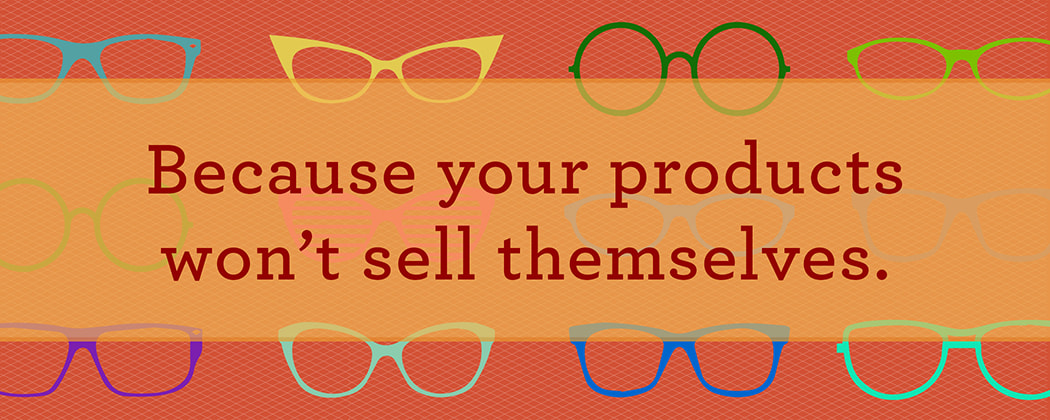
Carefully crafted product details not only highlight user benefits, they create a connection with your customers. Simply put, how you present your products can make or break each sale. In this post, we look at product copy that will inspire your online shoppers to fill their virtual carts.
First, you need to answer two crucial questions:
Who is your audience?
Decide who is buying the product in question to determine which language is appropriate to use. An SAT class is attended by a teenager but is usually paid for by a parent, so an authoritative tone and examples of successful results are important. The clothing that the same teen wears is more likely a personal purchase, so the tone should be closer to that of a peer or celebrity.
Along with the tone, determine how the product benefits your target audience. For the college-conscious parent you can lead with, “Impress colleges with higher scores.” The stylish teen might identify more with “Stand out from the crowd with this season’s swag.” (Swag is still cool, right?)
Where is the copy going?
Consider the permanence of each location. Printed media needs to be accurate for as long as it’s in circulation, while online descriptions can be updated much more frequently. As colors, styles, and options change, you need to provide relevant, current information to your customers.
So, let’s see how that impacts each area of copy. Depending on the site’s capabilities or the design of a print piece, you may have the opportunity to break down your writing a little differently, but the standard approach for ecommerce is a title, a short description, and a bulleted list of features.
The title
Depending on your brand, the product title should do at least one of two things – impart a feeling or explain the basic details of a product. You can decide which direction to lean towards by evaluating your product’s value and aesthetics.
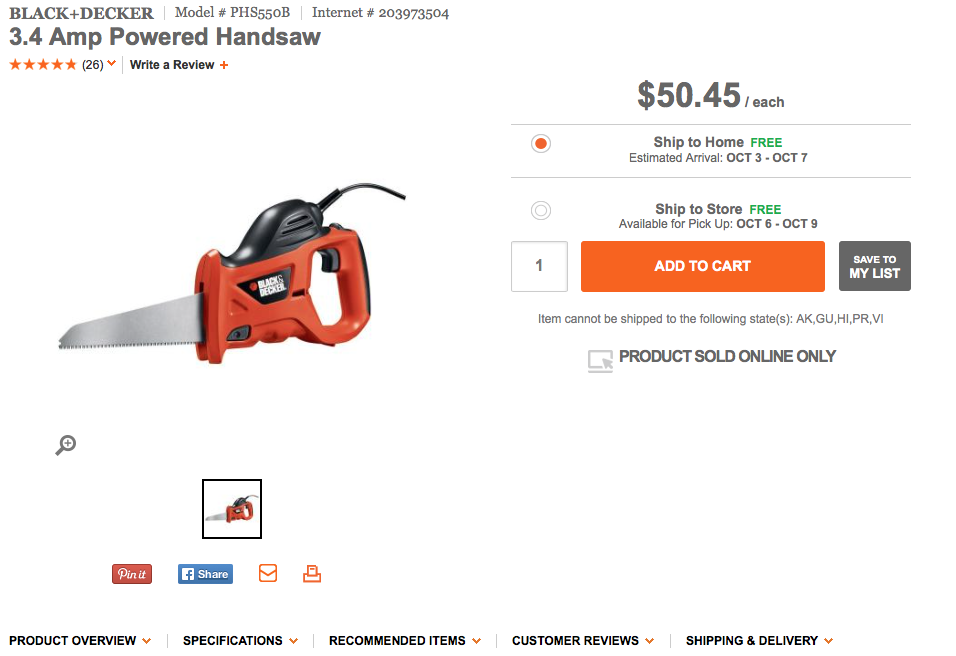
Something purely functional, like a handsaw, should be named by its features and, when appropriate, its brand. You’re rarely going to find a tool that is more aesthetic than functional, so the balance of power is almost totally on the side of basic details. Plus, naming a dangerous object “Floral Summer Saw” just sounds a little funny.
On the other hand, a $400 bracelet made from dried pasta needs a good explanation why it is worth the price. If it’s not the price of the materials, it’s the price of the experience, design, or lifestyle you are selling. Maybe the macaroni jewelry was assembled by Picasso as a baby or is one of three ever-made collectibles. Either way it would need to be titled in a way that alerts the buyer to the unique appeal, for example: “Pasta by Picasso.” On this side of the spectrum the appeal is all-aesthetic.
Of course, these are two extremes. Usually your product falls somewhere in between. Here are two pieces of jewelry marketed to two very different audiences that capture the nuances of product naming:
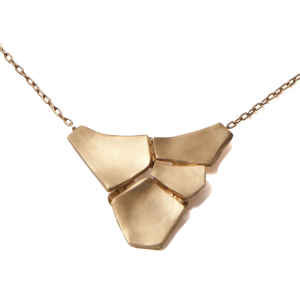
Gold necklace for women, $320 La Boehme 14k Gold Pendant
Owl necklace for teens/young adults, $13 Owl Charm Necklace
Although basic, these two descriptions are examples of different tones in similar products. Each one uses at least one SEO keyword, which could help them get noticed online. Unless you have the luxury of not needing traffic from search engines, remember the name needs to be as functional offsite as it is onsite. Google Shopping, Nextag, and Shopping.com will all pull the name of your product into their product ads. Don’t get left out of promotional selling real estate.
The description
Your product description should be short, one to two sentences (preferably less than 100 words), and it should provide a quick summary of product benefits while continuing the tone established by your title. Again, keep in mind your audience and what they will get out of the product (if and when they buy).
Your product description should be short, one to two sentences (preferably less than 100 words), and it should provide a quick summary of product benefits while continuing the tone established by your title. Again, keep in mind your audience and what they will get out of the product (if and when they buy).
If you’re selling to a stuffed elephant to children you may want to highlight its cute appeal or focus on how it’s a great souvenir. On the other hand, toy storeowners might be looking to increase stock diversity or also capitalize on the gift shop angle. The differences are subtle but should quickly catch the attention of your targeted buyer.
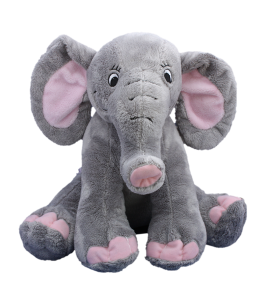
Product: Stuffed Elephant
Audience: B2C (kids/parents with medium to high income)
Never forget your first zoo trip with Everett the Elephant. Crinkly ears are soft and playful! An engravable medallion treasures the memory.
Product: Stuffed Elephant
Audience: B2B (small/mid-sized toy store/$50,000-$200,000)
Add some wild flair to your store with Zoo Perfect Everett the Elephant. With an engravable medallion around the neck, it’s perfect for any animal lover.
The bullets
You’ve reached the scannable section. Don’t be too sad if your customers aren’t reading every word of your description. Here, bold sensory words should capture reader attention quickly.
Also, be mindful of other elements that share the page with your copy. Are there images, featurettes, or pop-outs? Write around what you can see because although you may know your products well, there’s only so much a single square-inch image can show. Check your FAQ to see what features customers are curious about. If it’s a service description, add all included services or use the opportunity upsell others.
Here’s a good and a bad example of bulleted copy that puts this advice into effect:
Black headphones (bad)
- Black headset with black pads
- Lightning bolt design
- Long rubber-coated wire
- Good for computers or radios Poorly written copy will repeat information (we get it; it’s black), avoid specifics, and give design information that should be obvious in the photo. In the first example, we’re missing any technical specs, features, or adaptability.
Black over-the-ear headphones (good)
- Adjustable padded headband for long listening sessions
- Collapsible for easy portability and storage
- Closed-back cushioned earcups
- Single-sided 2-foot coiled cable resists tangles
- 1/4″ screw-on adapter and carry case included
- 7.5″H x 6″W x 2″D
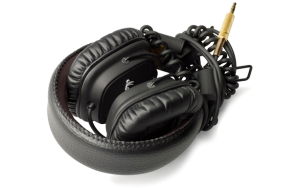
Good product copy hits the basics fast and hard while highlighting a few perks. The list is supplemented by simple dimensions, so even if you’re buying online, you can mentally grasp the physical specs.
The takeaway
Of course, text is only one part of a well-executed product page; we haven’t even touched design, reviews, or policy optimization. But great product copy can instill the confidence a buyer needs to commit to a sale. The key? Clear, concise copy in a tone your target demographic will identify with. Although it may seem like a lot of time and even more effort, high quality product details could be your biggest sales supporter — closing deals morning, noon, and night.
Let’s get started.
Find out how we can help your ecommerce strategy.
Get in touch
If you’re a rockstar with big ideas, join our team.




